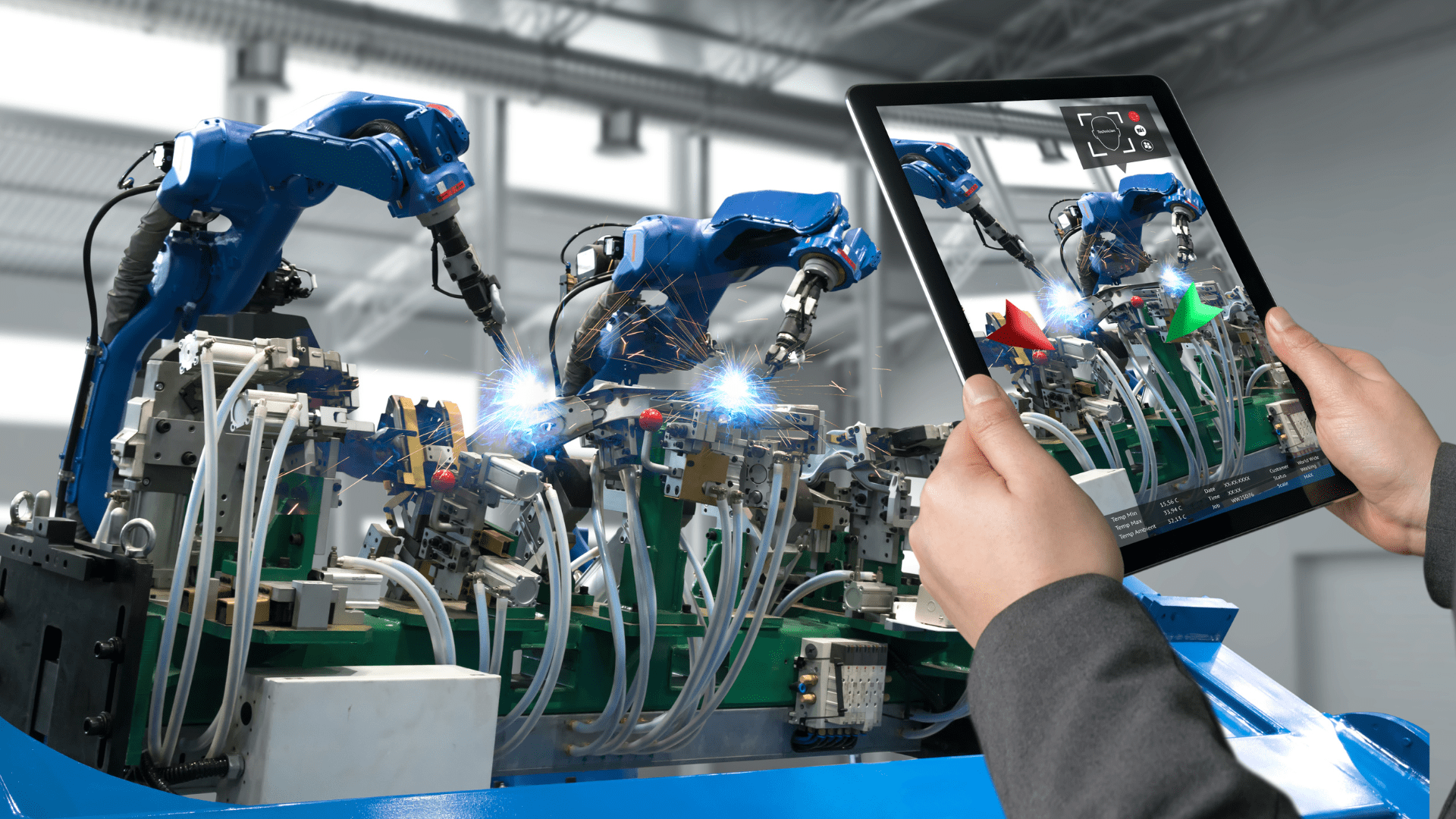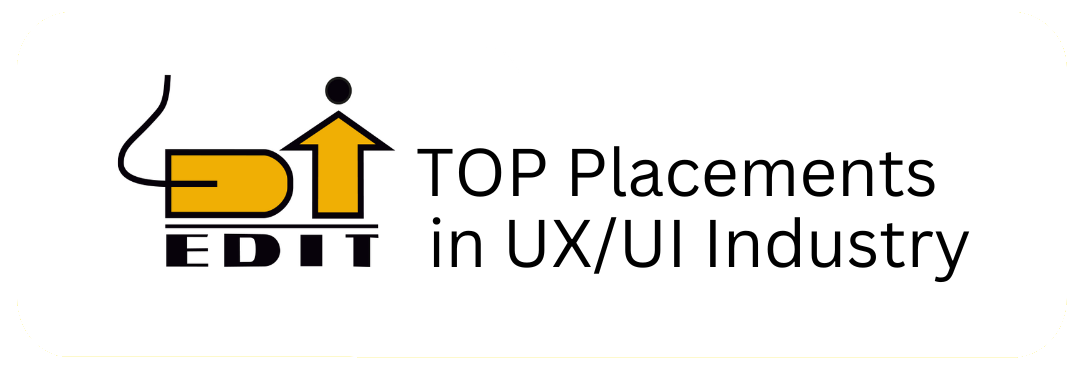UX LENS
News and Tips

UX for Augmented Reality (AR)
Augmented Reality (AR) has the ability to superimpose virtual elements over actual reality, simplifying and making digital content more manageable. This is both an opportunity and challenge for the UX designer. In this blog, we will cover key principles and tips to designing intuitive AR experiences.
In UX for augmented reality, designers must ensure that digital content feels natural and supportive—not distracting. This involves:
Augmented Reality Explained
With AR, our perception of the environment around us is improved and playing with physical objects interferes in a digital space. While VR takes you to a totally digital environment, AR brings the digital world closer to elements in the real one; and therefore designing for it is considerably different.
Essential Principles for UX Design in AR
- Context Awareness
Literal – AR should be experienced in context. Designers need to have in mind the environment of users and how their digital elements will be part of real world objects. It means when a business invests in AR content that the end user can actually use, helping to drive better user experience.
- Intuitive Interactions
Making interactions to become intuitive is much more important. Gestures, voice commands and touch should allow users to naturally start interacting with AR elements. The intention is to create interactions that are as natural and intuitive.
- Spatial Mapping
Spatial Mapping is Key Spatial mapping plays a big role in creating immersive experiences with AR. Designers must also conceptualise the placement and movement of digital objects in physical space. This accounting may include parameters such as scale, perspective and occlusion.
- User-Centred Design
The basic UX design rule goes, that you have to find out what a user wants or needs and then build your product accordingly. Use user research to understand how people are engaging with AR and what they expect from these experiences. Individuals help to create an effective and enjoyable design.
- Safety and Accessibility
Safety is a key issue in AR design. Digital artefacts. Make sure lots of digital elements block the user’s vision — failing to do so can result in accidents. Also, design for accessibility—create AR experiences that are accessible to people with disabilities.
AR UX Design Best Practices
- Prototyping and Testing
When building UX for augmented reality, begin with a prototype : Now Create some prototypes to test AR interactions and gain feedback from users. This looped cycle supports fine tuning of the design, guiding it to better align with user needs. PurchaseBet is also flexible in their testing, and uses both low-fidelity (paper prototype) to high fidelity prototypes that allow testers many different ways of exploring the AR experience.
- Consistency and Familiarity
Across UX for augmented reality experiences, maintain consistency in UI patterns and interaction methods to reduce cognitive load. This means using familiar visual metaphors and gesture conventions so users can transfer existing knowledge into the AR environment. A consistent interface across contexts helps users orient themselves—creating a seamless transition into and through the AR experience.
- Performance Optimization
In UX for augmented reality, performance is critical— Your AR applications are often resource intensive Performance – smooth, responsive interactions. This ranges from fast loading times of 3D models, low latency and compatibility with a vast array of devices.
- Ethical Considerations
Embedding strong ethical practices into UX for augmented reality ensures trust and social responsibility. Consider the ethics of AR Your privacy and data security was at the highest standpoint. Remember, not to make the experiences intrusive or manipulative. Create with empathy and think about AR applications on a social level.
Conclusion
There are some challenges and opportunities to design for augmented reality. To design powerful AR experiences, UX professionals need to be given attention on context, intuitive interaction, spatial mapping & user-centred design and safety. With AR technology getting more and more advanced, keeping an eye out for upcoming trends will help you offer seamless user experiences.
Placement of the week

Ritika Tanwar - BA
Entering the industry without work experience was scary, but I soon realized skills matter most. The course was detailed, mentors were supportive, covering both UX and UI. Portfolio and interview prep were included. The course was well-planned, with regular homework checks and detailed teaching. Though it’s an internship, it’s a great start for my career, boosting my confidence and opening doors to opportunities!
